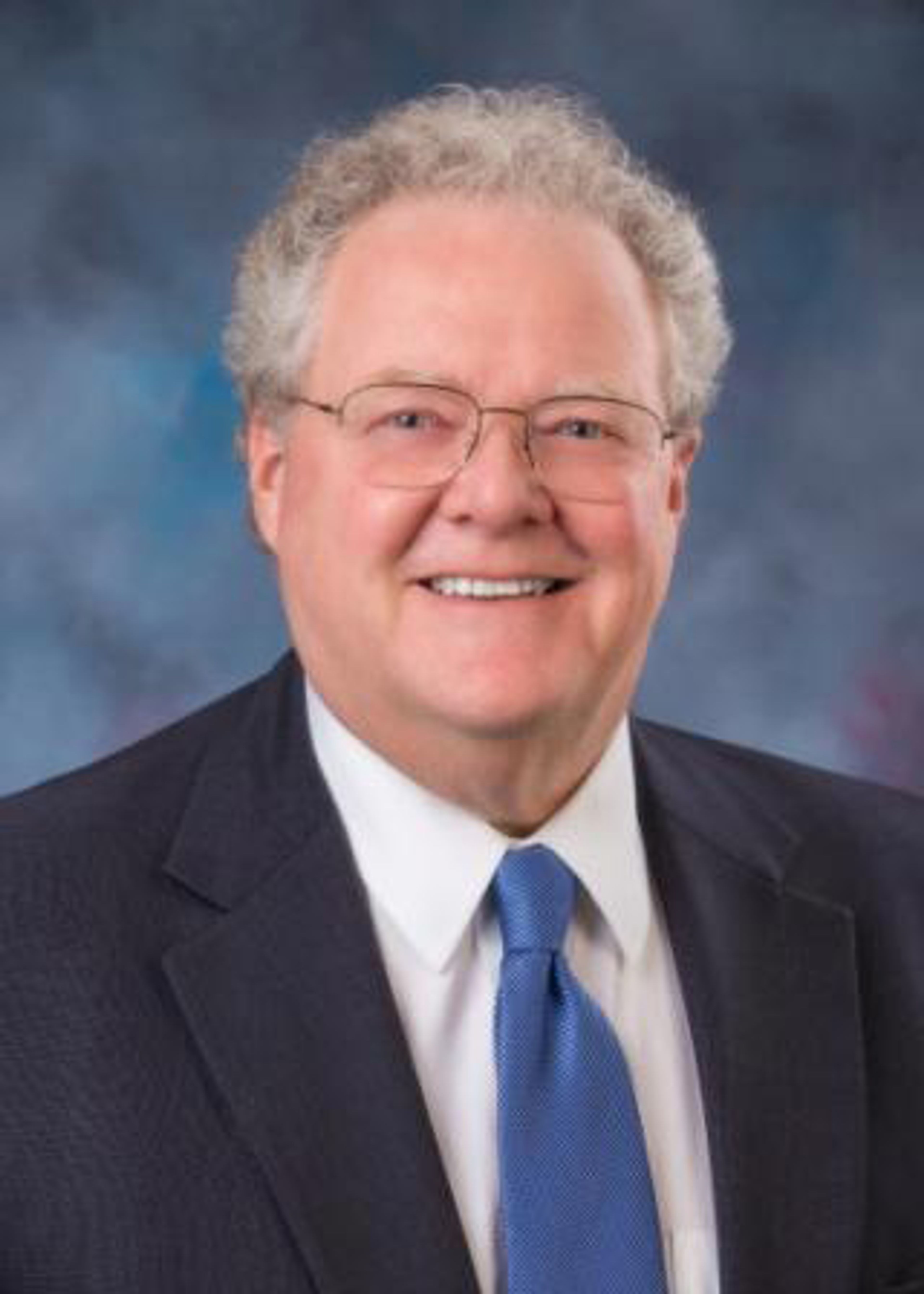TURNABOUT: OPINION: Don’t put the blame on me when Idaho cities raise taxes
There he goes again. The opinion page writer of the Lewiston Tribune is back to casting rhetorical stones at me, trying desperately to create division and conflict. This time, it is over the issue of property taxes levied by the city of Lewiston (“Don’t blame Dan Johnson for Moyle’s tax increase” — Aug. 23).
In this opinion piece, the Tribune claims that a law I helped pass in 2021, which limits the pace at which property taxes can be increased, is somehow responsible for Mayor Johnson’s request for a 3% property tax increase for 2024. This makes no sense. The same law the Tribune claims is forcing Johnson to request a 3% increase in 2024, because of its inherent logic, was also in place in 2022 when the city reduced its property taxes by 2%, and in 2023 when it held them flat. If this law is somehow to blame for a 3% increase this year, shouldn’t it also get credit for the 2% decrease in 2022 and zero increase in 2023? Because a cumulative property tax budget increase of 1% over a three-year period is pretty low in most people’s books.
This criticism makes even less sense when you realize that Mayor Johnson just as easily could have requested a 4% increase by tapping into the allowable property tax increases that the city did not take in prior years. If Idaho’s property tax limitation law is somehow forcing the city of Lewiston to impose the highest possible increase, then why didn’t Mayor Johnson request 4%?
The truth is, Mayor Johnson requested a 3% increase in property taxes, and not 4%, because that is what he felt his city needed to have to accomplish his list of goals. The City Council then dug into the proposal, looking for opportunities to bring this increase down. I applaud these and any efforts to reduce property tax increases, because that is how the system is supposed to work.
Rather than creating cartoon villains, perhaps the Tribune should have taken the time to understand how Idaho’s property tax limitation law came about, and where ideas came from. If this had happened, the Tribune’s readers would understand that as this law was being discussed and negotiated in 2021, it was actually the Association of Idaho Cities that proposed limiting how much foregone property tax capacity could be added to a taxing district’s property tax increase in any single year. They suggested limiting it to an additional 1% ongoing per year above the regular 3% limit, and allowing it to be unlimited only if used for a one-time purpose, which would remove it from all future property tax capacity. This allows cities to use their foregone tax capacity to address critical capital needs, such as road projects or water system repairs.
The Tribune’s opinion piece also attacks me because this law places an overall limit on how fast property taxes can increase in a single year, including new construction, citing the city of Meridian. This limit is 9%, assuming 1% of foregone property taxes are available. The piece then claims that this somehow penalizes existing residents. This is nonsense. As the Tribune should know, there are not two property tax levy rates — one for new and one for existing construction. There is only one rate that everyone pays, and any limitation that prevents even higher property taxes from being levied benefits every type of property, by lowering the rate paid by all. And one city’s (Meridian) inability to properly manage their own orderly growth is no good reason to remove limits on property tax increases everywhere.
Moyle, R-Star, serves as the speaker of the Idaho House of Representatives.









